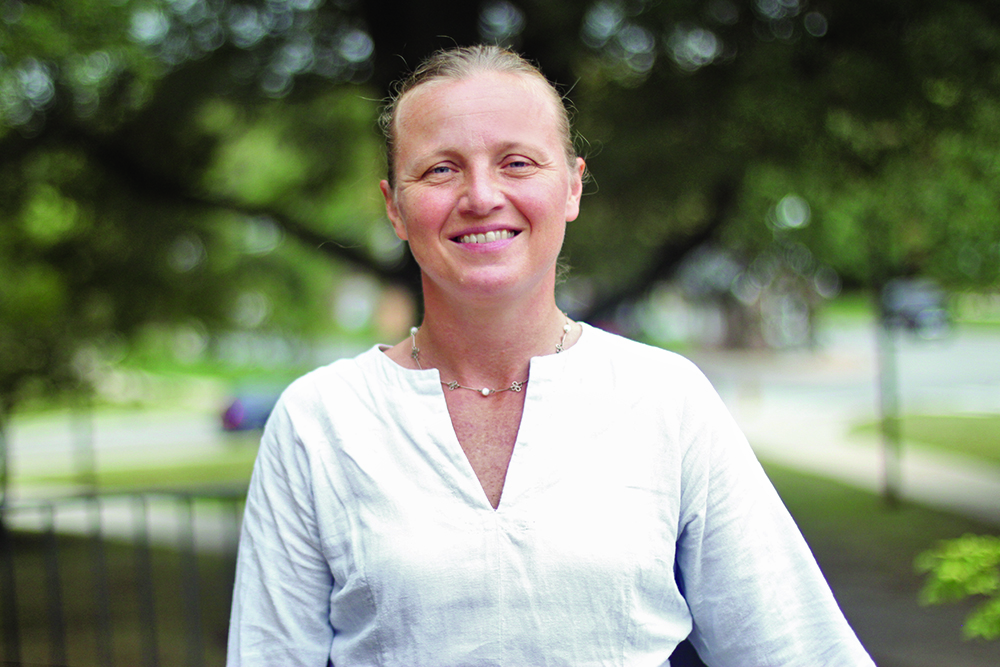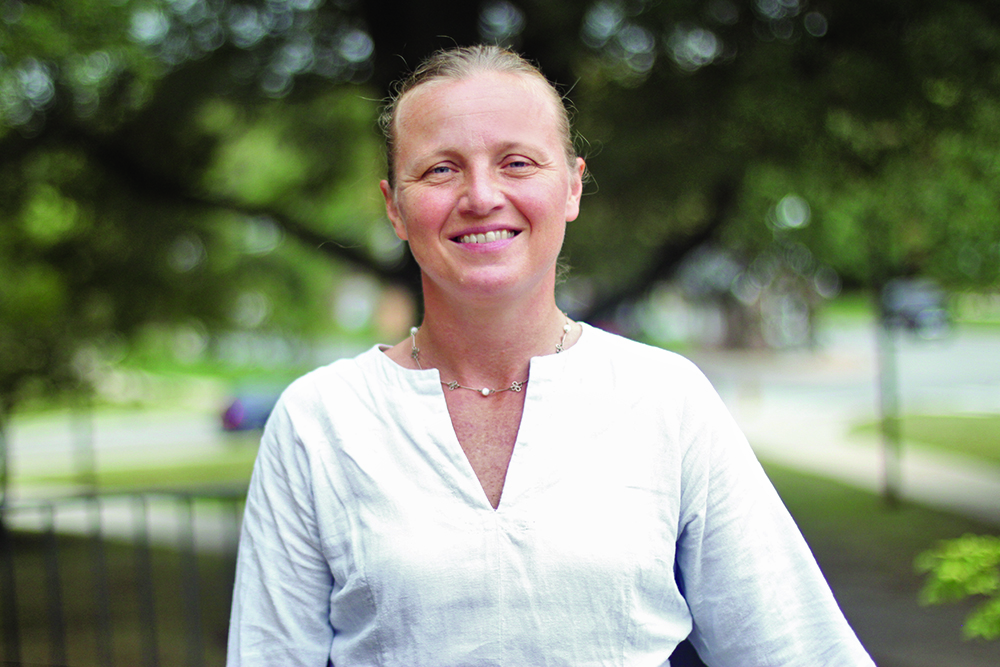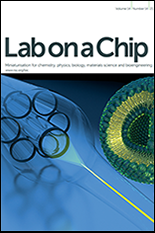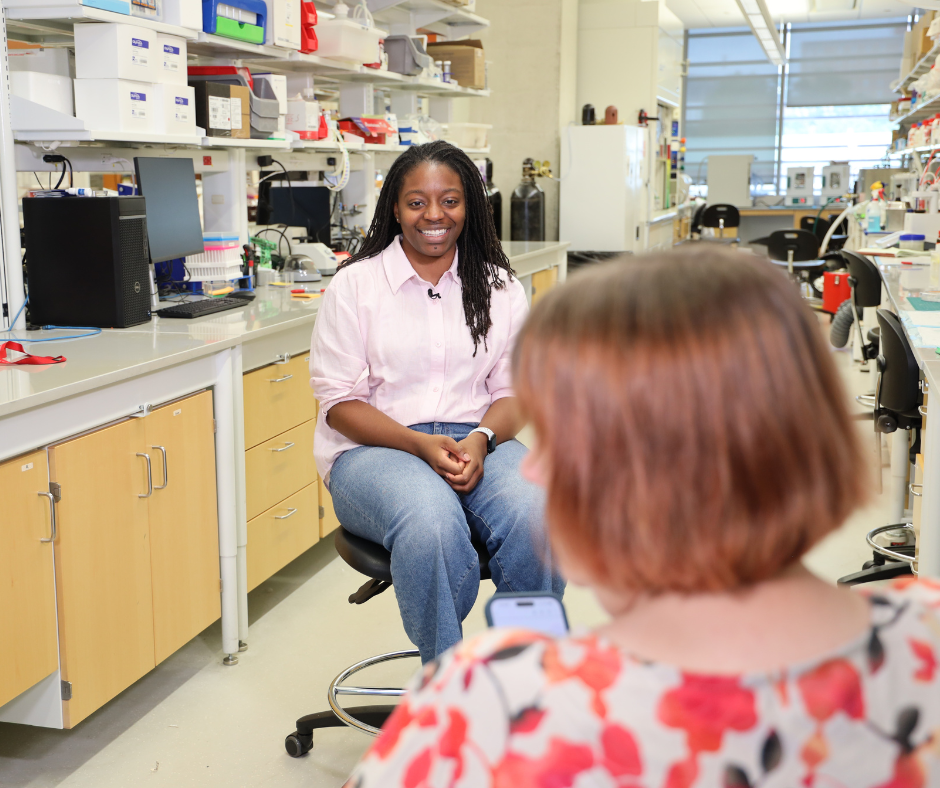News Story
Das publishes work on microfluidic bacterial biofilm streamer formation in Scientific Reports
Mechanical Engineering Assistant Professor Siddhartha Das has teamed with Dr. Aloke Kumar of University of Alberta, Canada to explain why biofilms degenerate into filamentous structures called streamers in low Reynolds number microfluidic transport. Their research article, 'Formation and post-formation dynamics of bacterial biofilm streamers as highly viscous liquid jets,' appeared in the journal Scientific Reports of Nature Publishing Group.
Biofilms are the colonized state of bacteria and are found everywhere in nature. They are relevant to a wide variety of phenomena, from acute infections and ecology to industrial processes, water filtration and medical applications. Understanding the mechanism of biofilm formation—and the associated solid-fluid mechanics—is pivotal to arresting and controlling the growth of undesirable biofilms.
One of the least understood aspects of microscale bacterial biofilm is its degeneration/deformation—in the presence of microscale low Reynolds number background transport—into filamentous structures called Streamers [Fig. 1(a)]. There have been many experimental efforts to characterize the streamers, and researchers have identified that they appear several hours after the appearance of biofilms. An area of particular concern for streamer formation is in medical devices. Streamers show rapid growth after they appear and can cause catastrophic clogging of medical devices [Fig. 1(b)] such as catheters and stents.

Figure 1: (a) Appearance of biofilm streamers on microposts in a microchannel. (b) Clogging of the microchannel on account exponential growth of the streamers. Figures (a,b) are courtesy Mahtab Hassanpourfard and Zahra Nikhatari. (c) Our model (lines) predicting the exponential growth of the streamer dimension Rs with time and the timescale of growth τ (Das and Kumar, Sci. Rep., Vol. 4, pp. 7126, 2014). Here markers denote the experimental results from Rusconi et al. (Biophys. J., Vol. 100, pp.1392-1399, 2011) and Drescher et al. (PNAS, Vol. 110, pp. 4345-4350, 2013).
Das and Kumar explain that these streamers form as viscous liquid jets. Their hypothesis is based on the fact that the biofilms are viscoelastic liquids and the time scale of formation of streamers is substantially larger than the viscoelastic timescale of the biofilms. This liquid jet hypothesis could explain issues such as the exponential growth of streamer dimension [Fig. 1(c)] and the resulting clogging of microfluidic devices.
This breakthrough in understanding one of the central puzzles of bacterial biofilm will provide a basis for exploring the role of hydrodynamics on bacterial biofilms, and help with issues such as controlling bacterial infection in mouth and teeth, preventing biofilm-induced malfunctioning of medical devices and optimizing biofilm-mediated water filtration mechanisms.
Published December 5, 2014















